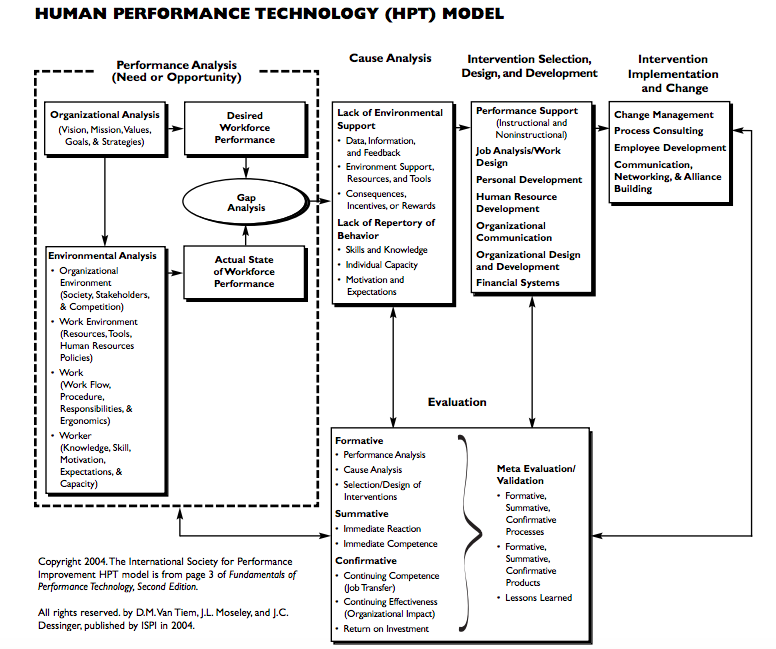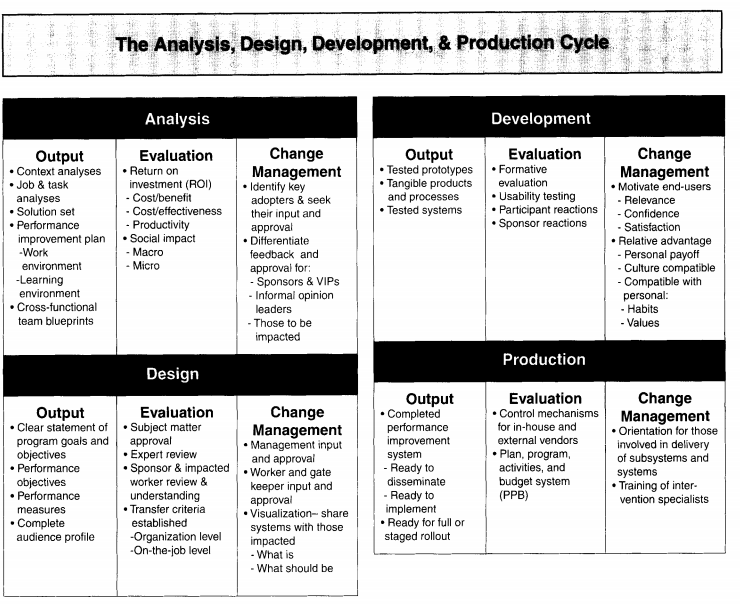In honor of the New Year, I hereby declare my new 2019 mantra: Change for good.
After all, there are many changes that are not so good. Take aging, for example. One can succumb, and simply accept the inevitability of aging as though life were nothing more than a half-eaten loaf of bread forgotten at the bottom of the basket —destined to become moldy and undesirable. Or aging can bring a resurrection of the self—equipped with a new perspective, an all-seeing view like what you can only get from the top of the mountain— far reaching, expansive.
So which do you choose? Moldy? Or open to the 360-degree panorama of possibility presented by the first day of the rest of your life.
Change is really two parts then: 1) accepting change into your heart and 2) consciously deciding to change for good.
This two-step solution gets us only so far when we are talking about changing systems, however. Since we all operate in a system—this system can be a formidable foe to our change-for-good mantra. WE may decide to embrace change, but the residents of the system in which we reside may resist change, fear change, fight change.
So where does that built in blockade of resistance leave a change-maker?
In a battleground.
This is where the classic New Year’s resolution falls short—because change requires three steps, not just the two listed above.
Step three: Change-makers need to equip themselves with a solid plan. Because change is not just about a conscious decision, but rather about a series of new actions. Things that are new are harder, the learning curve is steep. And by the way, that view from the top—the expansive one–goes away as you drop down into the long slog through the valley of real change. Times can seem rough and doubt will fall like long shadows darkening the way.
Any change seeker needs a map out of that gloom—a reminder of the route. For without a serious plan, the change-maker risks becoming lost along the way and that, my friend, is the death of change-for-good.
So make sure you don’t get lost—develop your battle plan—the how-to change manual, a guide from point A (I am here) to point B (I will be there). Spend some time on that mental work—until you can clearly see your way through the valley and back up to the mountain top. Best of luck to all my fellow change-for-gooders in 2019!
Here are my favorite systems-approach, change-maker graphics:



Link to article: https://pdfs.semanticscholar.org/8972/359c6b192ab479e81416cd725918babf4df4.pdf
To aid in this process, the authors developed Four Components and 10 Steps as shown in the table taken from p. 246 of the article. This blueprint improves on former theories, according to the authors, because of its focus on successful transfer of skillsets. Kirschner and van Merrienboer (2007) explain, “Instructional design (ID) theory needs to support the design and development of programs that will help students acquire and transfer professional competencies or complex cognitive skills to an increasingly varied set of real-world contexts and settings.” Their goal, then, in proposing this “blueprint” was not to develop a complete training system, but rather to zero in on requisite skillsets required for complex tasks that must be transferred to the learner in order to participate effectively in this larger system.
| Blueprint Components of 4C-ID | 10 Steps to Complex Learning |
| Learning Tasks | 1. Design Learning Task
2. Sequence Task Classes 3. Set Performance Objectives |
| Supportive Information | 4. Design Supportive Information
5. Analyze Cognitive Strategies 6. Analyze Mental Models |
| Procedural Information | 7. Design Procedural Information
8. Analyze Cognitive Rules 9. Analyze Prerequisite Knowledge |
| Part-Task Practice | 10. Design Part-Task Practice |

Recent Comments